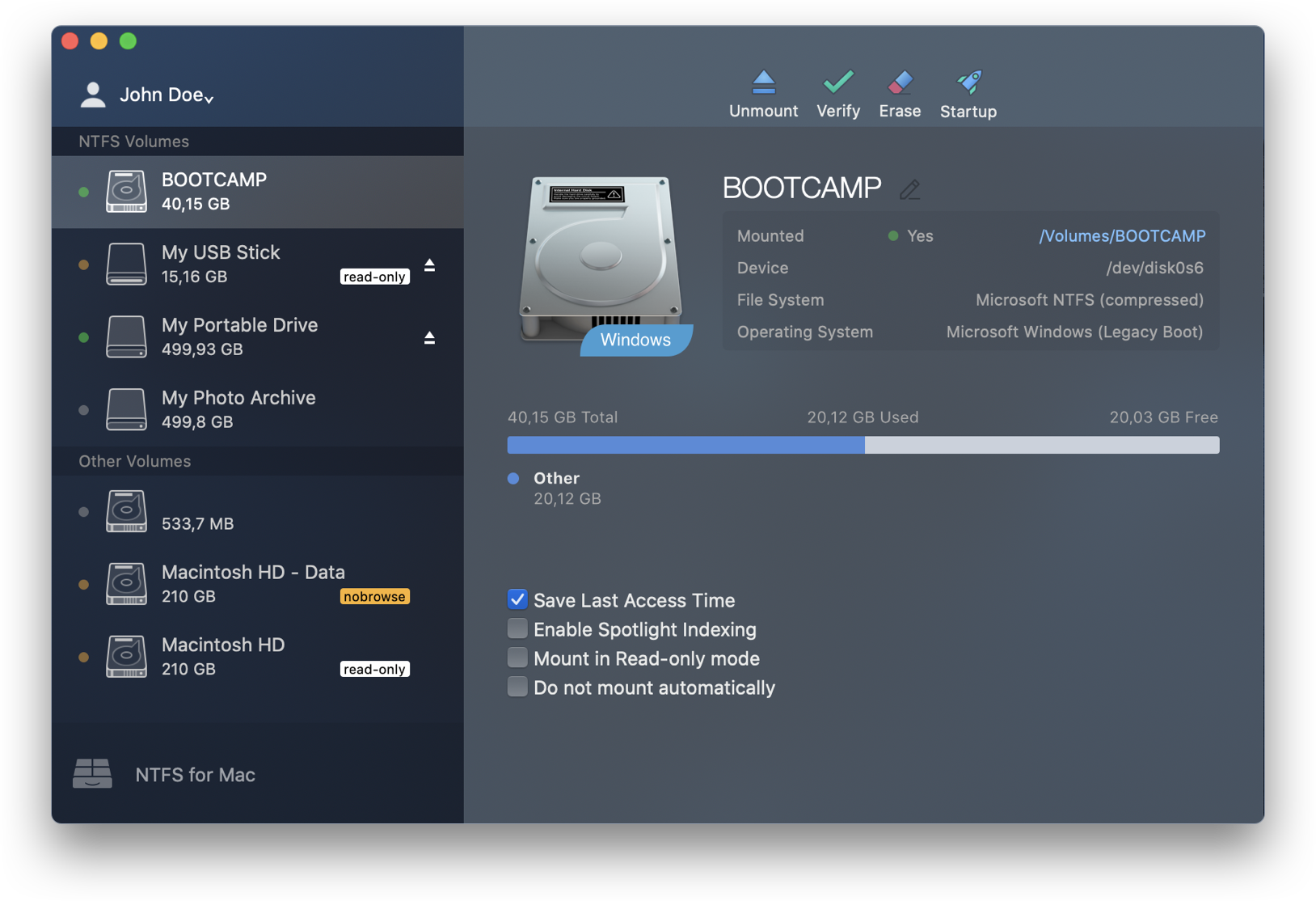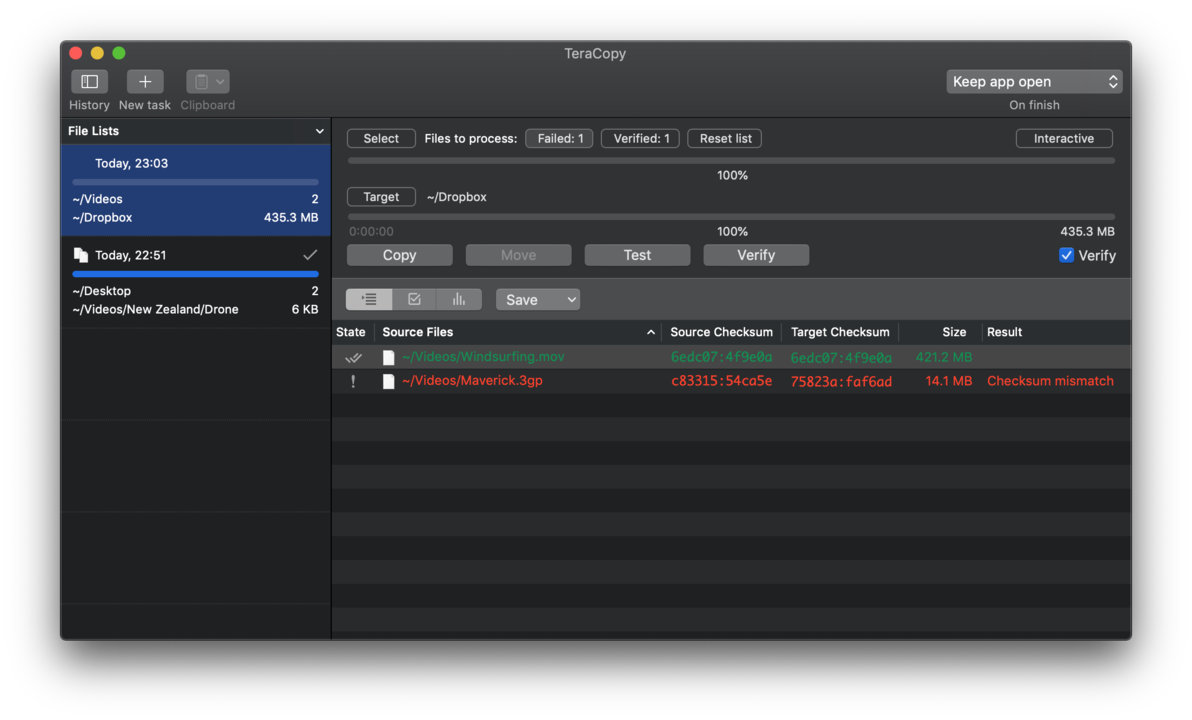

- FILE SYSTEM BEST SUITED FOR WINDOWS AS WELL AS MAC FOR MAC OS
- FILE SYSTEM BEST SUITED FOR WINDOWS AS WELL AS MAC MAC OS X
- FILE SYSTEM BEST SUITED FOR WINDOWS AS WELL AS MAC PORTABLE
- FILE SYSTEM BEST SUITED FOR WINDOWS AS WELL AS MAC ANDROID
To perform this type of restore, you must first back up a NAS share with NTFS permissions intact. It is specifically designed to restore an externally-hosted NAS share its file permissions intact. One of these is known as File Restore with NTFS Permissions. Protecting Data on NTFS or FAT Based systemsĭatto offers a variety of backup and restore types to meet different recovery scenarios. To learn more about the best data storage and data recovery for your business, contact Datto. Choosing the right file system depends on your individual needs and uses. There is no clear winner when it comes to FAT vs. When it comes to removable devices, it’s safer to use FAT32 so they can be used with almost any device. NTFS file systems are only compatible with Windows 2000 and later versions of Windows.Some media devices, including Smart TVs, media players, and printers, don’t support NTFS.
FILE SYSTEM BEST SUITED FOR WINDOWS AS WELL AS MAC MAC OS X
FILE SYSTEM BEST SUITED FOR WINDOWS AS WELL AS MAC ANDROID
FILE SYSTEM BEST SUITED FOR WINDOWS AS WELL AS MAC FOR MAC OS
For Mac OS users, however, NTFS systems can only be read by Mac, while FAT32 drives can be both read and written to by the Mac OS.

FAT32 isn’t a journaling file system, which means corruption can happen more easily.FAT32 only supports files of up to 4GB in size and volumes of up to 2TB in size.There are several limitations to using a FAT32 file system: If the FAT is damaged or lost, the data on the hard disk becomes unreadable. The file allocation table is a critical part of the FAT file system.
FILE SYSTEM BEST SUITED FOR WINDOWS AS WELL AS MAC PORTABLE
It acts as a Table of Contents for the operating system, indicating where directories and files are stored on the disk.Ī FAT is often most used in removable storage devices, such as digital cameras, Smart TVs and other portable devices.

The FAT is used to describe the allocation status of the clusters (the basic units of logical storage on a hard drive) in a file system, as well as the link relationship between each. However, it does offer more compatibility with other operating systems and removable storage devices. It is the older of the two file systems and therefore isn’t as efficient or advanced.

Microsoft created the File Allocation Table file system in 1977 and is the simplest file system supported by Windows NT. In this article, we will break down what a FAT file system is, what an NTFS file system is and what the pros and cons are for each system. While both file systems were created by Microsoft, each has different benefits and disadvantages related to compatibility, security, and flexibility. Windows-supported operating systems rely on one of two different types of file systems: File Allocation Table (FAT) or New Technology File System (NTFS).


 0 kommentar(er)
0 kommentar(er)
